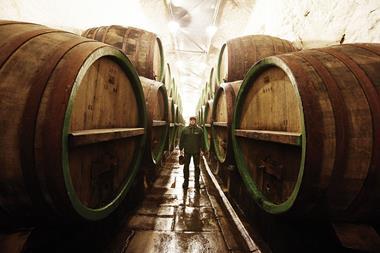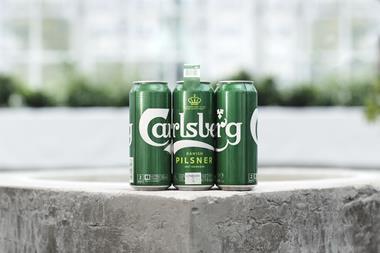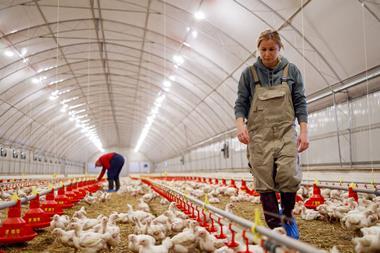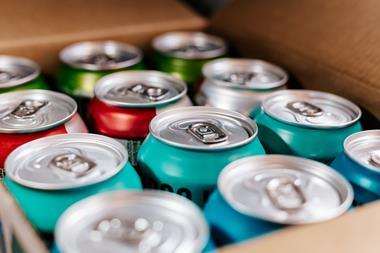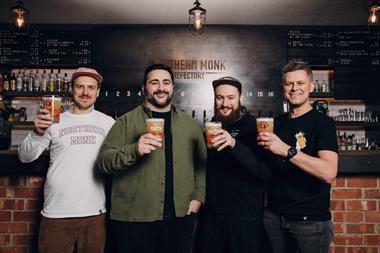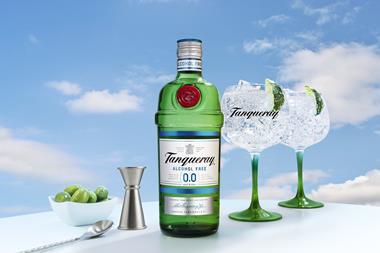For a man who spent many of his formative years deconstructing the works of William Shakespeare and other literary giants, the thought of carrying out a similar exercise on the UK’s lager sector has brought out the student again in Miller Brands UK managing director Gary Haigh.
“Our insights team did some exploratory stuff and we started seeing them using the terms premium and super premium, which we traditionally saw as the reserve of spirits, but started to apply to beer, which made us think that there was a movement here away from the world beer terminology of the past decade,” he says.
The craft beer movement has also played a role in taking the UK market on in terms of price laddering and focusing on provenance. The latest trends for a more premium offer, and indeed a super-premium offer, are being driven by consumers and operators brought together by a number of key factors.
Five factors that lead to six
Using its insights team, Miller Brands – the producer of Pilsner Urquell and Peroni – has deconstructed the new movement into key five aspects and concluded that when you have those five right “then you are actually allowed and expected to get the sixth”, reveals Haigh.
The first is taste. Haigh says: “You have got to have a brand that has to practically work before anything else. You have to have decent taste. Then comes authenticity; you have to be what you say you are. You can’t pretend to be an Italian beer if you are brewed in, say, Norfolk.”
The third aspect of the research findings, and something that has increasingly come to the forefront of consumer needs, is the story behind the brand. “I have seen this part of the business evolve over the 10 years I have been with Miller Brands,” says Haigh. “Consumers are now more inquisitive than ever. Who first made this? Why did they make this product? Where did they make it? What’s in there? What’s the story behind it? These are all questions that consumers now want answered. There needs to be a dialogue and clear picture from the producer and a line through to the operator on what that story is.”
The next aspect is experience and revolves around questions according to Haigh such as where do I find it? How is it served? Who is it aimed at? Is it aimed at people like me or people I aspire to be like?
He says: “Then there is a visual connection, a visual identity. You find with the majority of these super-premium brands that they have good coding. These are brands that have colours, badges and visual icons that stay consistent and relevant over time, such as Ferrari or Louis Vuitton or in the spirits section examples like Glenfiddich.
“If you get those five key characteristics right then consumers not only allow you, but actually want you, to go for the sixth facet as well, which is price. If you have got the five other facets right they expect the product to be priced high, to reflect all of the above as you were. Now if you get all those five things right and then the product is not priced accordingly, there is a feeling of ‘what’s the catch?’, maybe this wasn’t brewed in Italy as it states or really brewed using Italian maize. The price level is almost a reassurance or a re-emphasis that all the five facts have come together correctly.”
Haigh admits that in some of the bars he goes into he can be paying up for £7.50 a bottle of Peroni. He says: “But I’m sure the bars themselves would say they are bringing an element to the overall experience and that, plus the quality of the product, is worth paying for. So there is an interesting symbiotic relationship between the product and the bar.
“In terms of price in the super premium category, I still think you are looking at that being within a 200 index versus the average price. In terms of weighted average market price, if you have the average on that index at 100, you would be doing well to get up to 200. So Peroni would sit at around 150, 50% more expensive than the average price. Some of the speciality Belgian beers would be pushing on towards £7 to £8 a pint and pushing up close to 200 on that index, but not much beyond.”
The importance of range
Haigh admits that hosting a super-premium beer on the bar will not be for everyone. “However, we are seeing an increasing number of operators understanding the importance of ranging,” he points out. “The interesting point here is the weight of that range and where the centre of gravity lies. So you go around some of the best places in London, you are obviously seeing very heavy weighting towards premium and super premium in every aspect of the offer. But as I go around operations outside the capital, all across the country, I increasingly see operators embracing the need to have value, mainstream, premium and a small super premium offering all together.
“Around 10 years ago, the traditional offering I came across comprised value, mostly mainstream, little bit of premium and that was about it. But now it seems that the majority of operators are thinking about super premium, even if that is small part of their overall offer so far.”
Customers willing to trade up
The data Miller Brands has collated backs up this trend, with standard lagers seeing their growth decline by 4%, while premium lagers have been flat in terms of growth (0.4%), but the super-premium segment, for example Pilsner Urquell and Peroni, has grown by 12.3%. The majority of this growth is coming from 18 to 34-year-old males.
Haigh says: “I think this growth is being driven by consumers and operators. Operators understand that super premium is gaining traction and that if they advocate it and promote it accordingly, then consumers are willing to trade up.
“For example, the gastropub near me had a small offer with Stella, Becks and Carling on tap, so they were actually doubling up on themselves. Now they have Stella Four, San Miguel and Peroni, plus some nice bottled craft beers, so the average price of those three fonts has moved from £3.80 to say around £4.50.”
If world beers started the process of highlighting authenticity and asking the consumer to question where something came from and craft beers learnt from the wine trade in talking about flavour - making taste and the ingredients profile a mainstay of their message – the super-premium category looks set to bring all those aspects and more together to provide the next stage in the market’s evolution.
In Haigh, they have found an erstwhile pupil and prominent advocate.



























